Occasionally, an aspiring (or frustrated) photographer will ask for my advice about which new camera body or lens to buy. My first response is with a question: “Why do you want to buy a new lens (or body, or flash, or tripod, etc.)?”Most of the time the answer is some form of “I want to take better pictures”.
I am currently engaged in just such a conversation in a local camera club’s online forum. Johnny (I changed the name to protect the innocent) was apparently feeling frustrated about the quality of the images he posted. His pictures weren’t bad but suffered from minor deficiencies such as blown highlights, heavy contrast, and distracting elements that could easily be cropped or cloned out. He indicated after the first of the year he planned to invest in new gear to “. . . help improve my work“. He asked for a recommendation for a new lens for landscapes. Here’s my response:
“Johnny, I don’t think you necessarily need more or different equipment. But I understand the desire to buy more and better gear. I’ve lost count of how many lenses I have bought and sold over the years. There certainly are quality differences between lenses. The TS-E24mm that I used for this shot {not shown here} is considered by many to be the finest wide angle prime on the market in terms of sharpness and color rendition. However, I have seen many lousy images taken with that lens (many by me).Great photography is more about the photographer’s technical skills and creative vision than the camera/lens combo.
Based on what I know about you and your photography, I would suggest you put off investing in more equipment at this time; save that for later. Instead, keep practicing, practicing, practicing. I don’t believe you have maxed out the potential of your gear. Instead, invest in honing your skills related to exposure, composition, and post processing (this is huge). Take a class. Attend a workshop. Read books on photography. Also, check out web sites likehttp://www.fredmiranda.com/andhttp://www.500px.comfor inspiration. These web sites are where some of today’s masters hang out. Compare images you find in these places to yours; ask yourself what makes them different or better; how can I emulate what they have done.”
So, you want to become a better photographer too? Let me elaborate on what I said to Johnny in the forum post quoted above. Although gear is important, it’s less about the hardware and more about the guy or gal behind the camera and how they use their tools. The tools I’m talking about include cameras, lenses, software, vision, and creativity. As I trace my photographic progression, there are three basic areas on which I have worked and continue to work on to this day. First is the technical stuff of photography such as exposure, focus, and depth of field. Second is the artistic stuff such as composition and lighting. And third, is post processing. Improving these skills will help one go from taking snapshots to making photographs.
Technical Considerations
The technical stuff is the foundation on which great photos are built. It should go without saying that unless you learn to use the features of your gear you impose severe limitations on your ability to make great photographs. It never ceases to amaze me how many people totally rely on the automatic settings of their expensive gear. A friend and I have a long-standing joke about our camera’s P (program) mode. P stands for perfect, right? If you want perfect pictures every time, just leave your camera on P. Nope! The P mode turns your $6,000 professional grade DSLR into the equivalent of a $400 point-n-shoot.
Ok, maybe that is a little dramatic but my point is that with the Program mode, you delegate all the technical decisions to the little computer inside your camera. Computers don’t make informed judgements, they execute calculations. Computers have little flexibility and no creativity. Shutter speed, aperture, ISO, color temperature, metering method, and focusing technique are not arbitrary nor formula driven. Decisions about these aspects of photography should not be taken lightly. I do not want the camera making the technical decisions. That is my job because I want to be in control. And although the camera is sometimes pretty good at figuring exposure and white balance, it can be fooled into making less than optimum decisions.
But in order to make good decisions about the technical stuff you must understand how and why your camera does what it does. You also need a basic understanding of photography theory. Learn the difference between f/2.8 and f/22 and when and why you would choose one aperture over the other. How do aperture, shutter speed and ISO relate to exposure? There is an acronym that I think comes from the IT world but also applies to photography – RTFM (look it up on the Internet if you need the meaning). Before you go out and buy a bunch of new and expensive gear, learn to use what you have. Entry level consumer grade digital cameras of today can make pretty remarkable photos when the photographer knows how to exploit its features. Once you have the technical stuff nailed, you can move onto artistic considerations.
Artistic Considerations
The technical stuff is easy for me. It’s the artistic considerations that I find challenging as there are no right or wrong answers. What makes a good photo? What’s the difference between a good photo and an award winning photo? Composition, lighting, a captured moment in time, and your interpretation of the subject matter all come into play. A great photo speaks to the viewer. It elicits a reaction (Aww, she’s so cute! OMG, how close were you?) and tells a story. Your eye will linger on a great image while you scan the components of foreground, middleground, and background. Learn the rules of composition and then learn to break them. Shoot from different points of view. Get low, get high (c’mon, not drugs), stand up, lay down. Focus on the eye, isolate elements, experiment with depth of field. Think about the background. Artistic considerations are never ending.
Lighting is also crucial to the artistic qualities of your images. Learn the different effects of front lighting, back lighting, and side lighting. Don’t always shoot with the sun to your back. Silhouettes can be very dramatic. Side lighting accentuates details. Front lighting can be boring or exhilarating depending on your subject matter. Get out early and stay out late for the sweet light of golden hour. Don’t put your camera away when the weather is bad. Frequently, weather such as ominous clouds, puffy clouds, rainbows, lightning, snow and rain can add drama to an otherwise boring image.
This stuff is not easy. How do you know when you’ve got it right? How do you measure it and how do you improve? Constructive criticism is extremely valuable but it is a rare commodity. For me, several things have contributed to the artistic qualities and evolution of my photography. I constantly read photography books and magazines. I participate (give and take) in on-line photography forums. I enter photography contests. I’ve been active in photography clubs. I browse photography sharing web sites mentioned above. I visit galleries. I try new things. I fail frequently but sometimes magic happens.
Post Processing Considerations
Post processing is the secret sauce of photography. Before digital photography, post processing occurred in the darkroom. Today it done with computers and software. You want to be a better photographer? Then shoot in RAW and learn to use software such as Adobe Lighroom and Photoshop to finish, not fix, your photographs. Post processing is an important step in the art of making great photographs. I’m not talking about passing fantasy off as reality. I’m talking about such things as cropping, minor and isolated exposure adjustments, managing dynamic range, adjusting white balance, saturation, eliminating noise, and sharpening for content. Most out-of-the-camera photos would be better of with a little post processing. I’m all for getting “it” right in the camera, but the fact is sometimes that is impossible.
I remember the thrill of discovering the power of digital post processing at a photography workshop several years ago. Going in, I knew something was missing. Coming out, I knew it was the ability to finish my photos in post. That’s why today I make the digital darkroom an integral part of every workshop I lead.
Final Thoughts
Ok, when I started this I was not planning to carry on for over 1,500 words. So I’ll wrap it up with this final thought. Yes gear is undeniably important. I have invested thousands of dollars into camera bodies and lenses that no doubt have a profoundly positive effect on my photography. I love my TS-E 24mm and 1D Mark IV (and all the other stuff in my bag) because I’ve learned to use these tools to make photographs that make me happy, not frustrated. One does not become a better photographer just by buying an expensive new lens. Photography is hard work and requires a certain level of technical knowledge, creative artistic judgement, and a heavy dose of patience and persistence. So, before you go out and buy that next lens, make sure you are taking full advantage of that crappy old lens that you think is holding you back.
The post Become a Better Photographer in 3 (not so) Easy Steps appeared first on Scenic Aperture.
Frank Comisar
Frank Comisar is a nature photographer who loves to help others make beautiful photographs. His photography interests are varied and range from landscapes to wildlife. He shoots landscapes, wildlife, and nature for the purpose of capturing a moment in time that when revisited, portrays the natural beauty of the places visited and the creatures that live there. His goal is to not merely provide a visual and technical documentation of the scene in front of the lens. Rather, it is to render the scene in an artistic and creative way that not only provides context to the image, but also captures the feeling and essence of the moment.
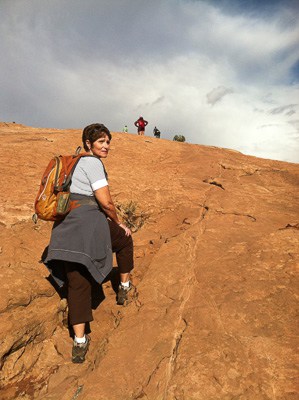
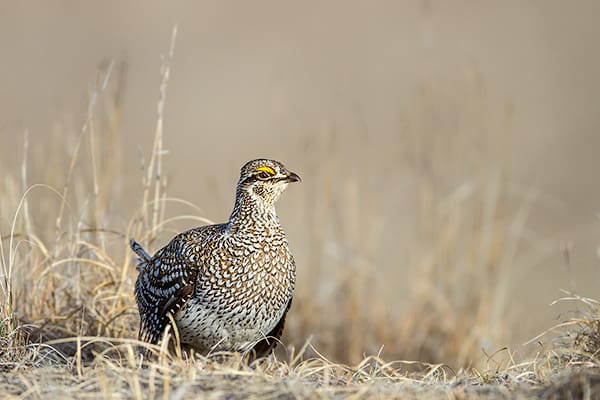
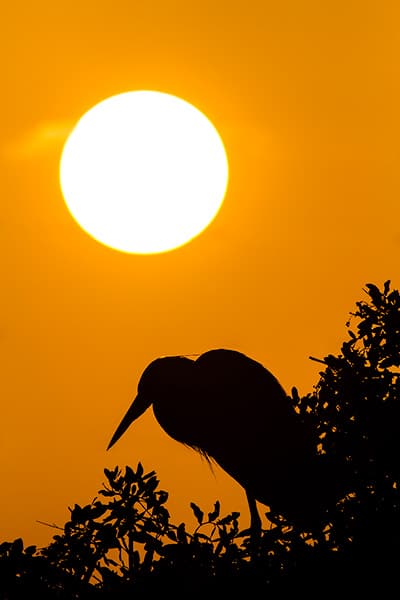

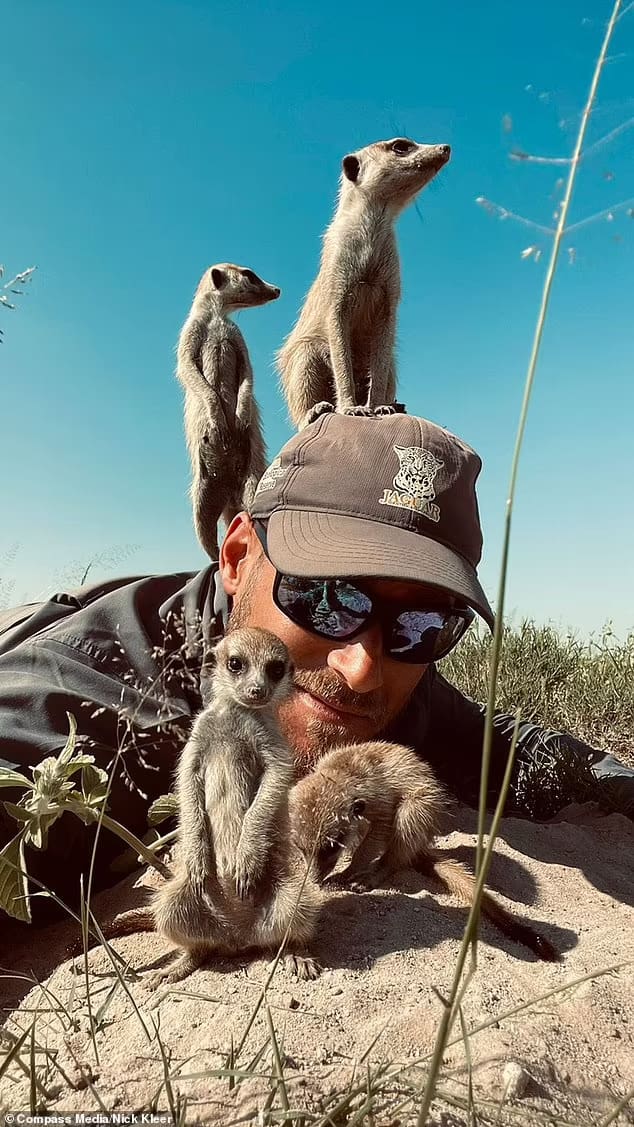
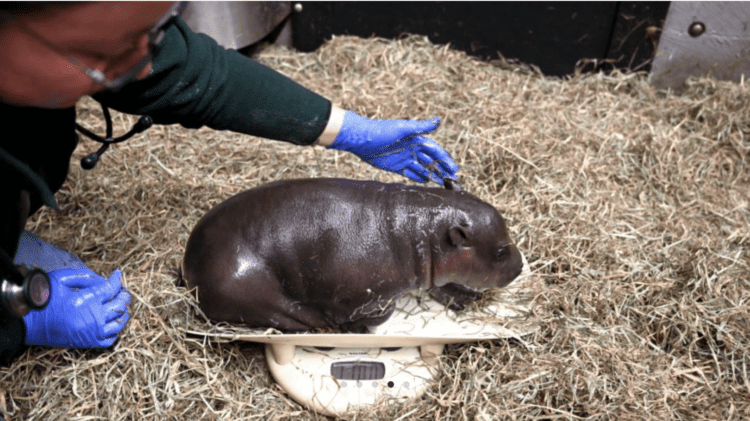
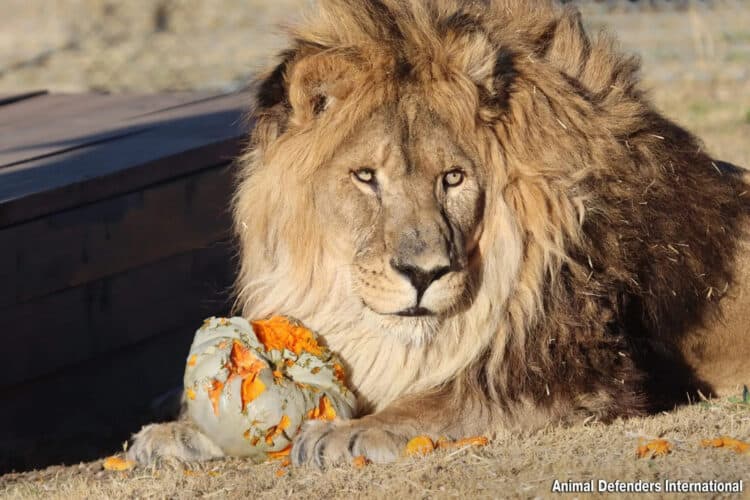
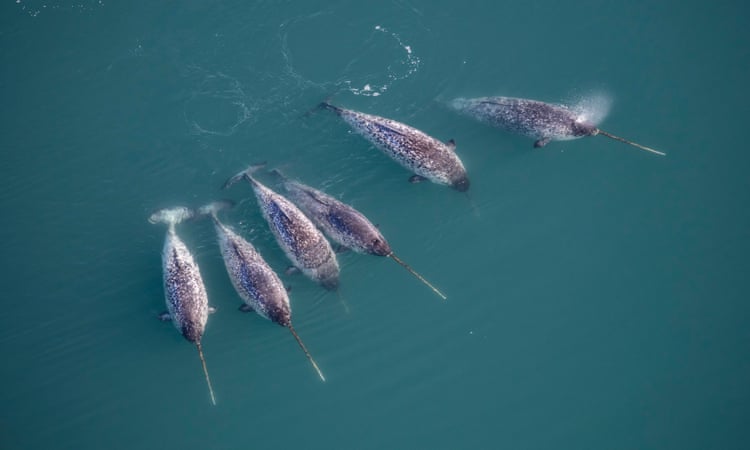
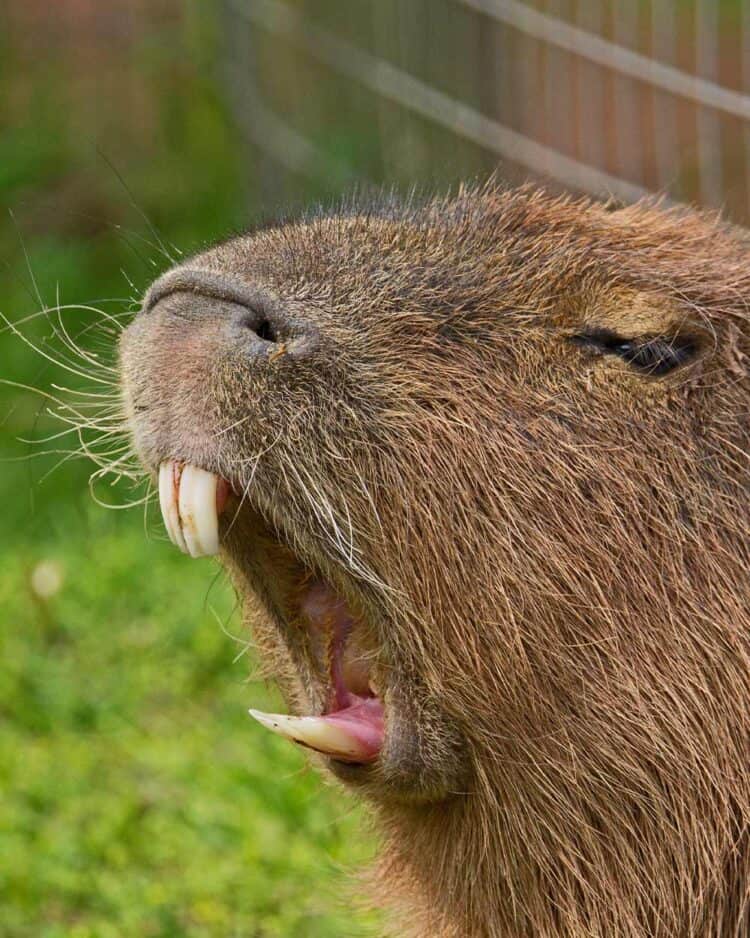
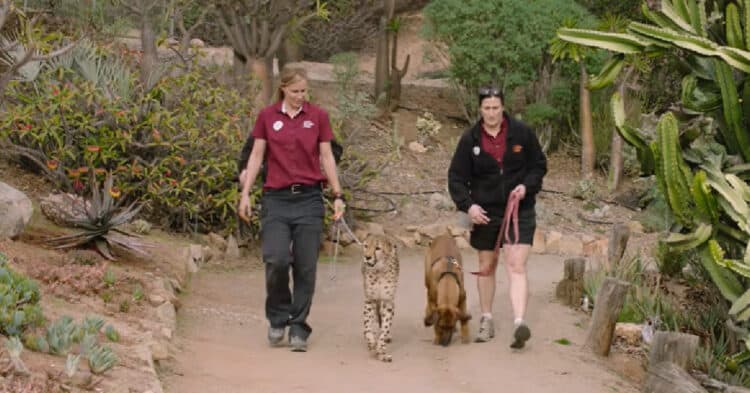
Leave a Reply